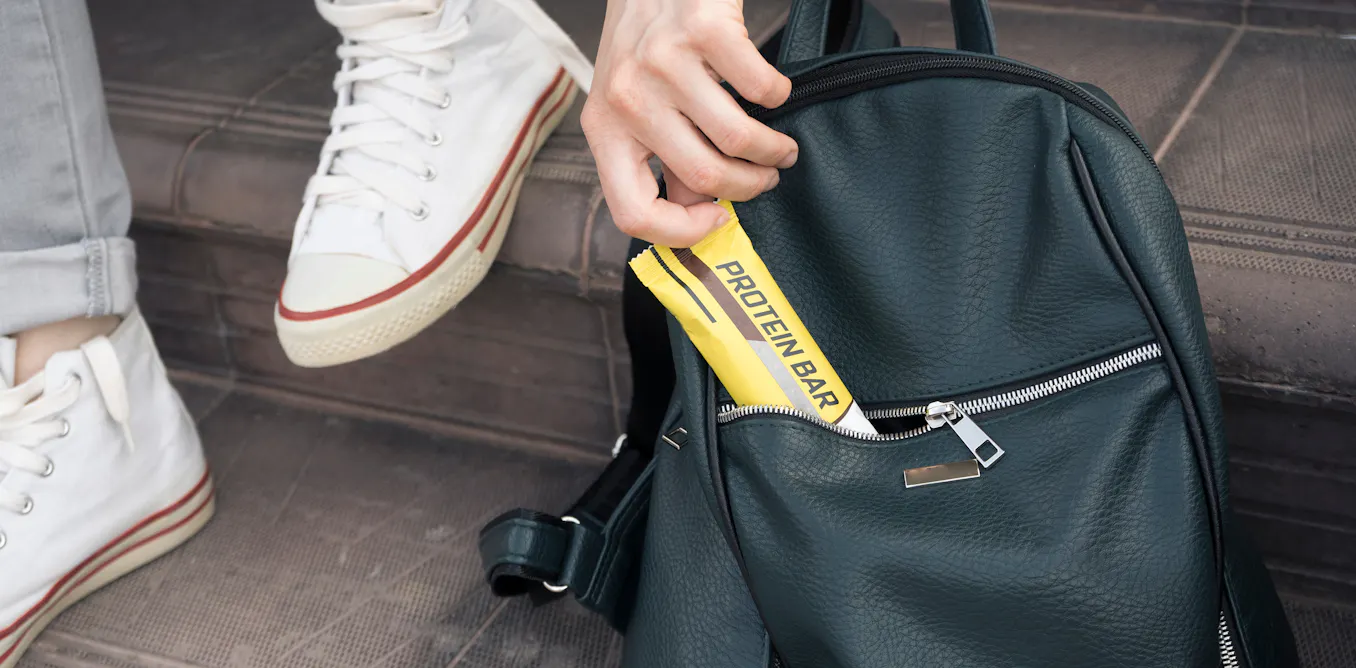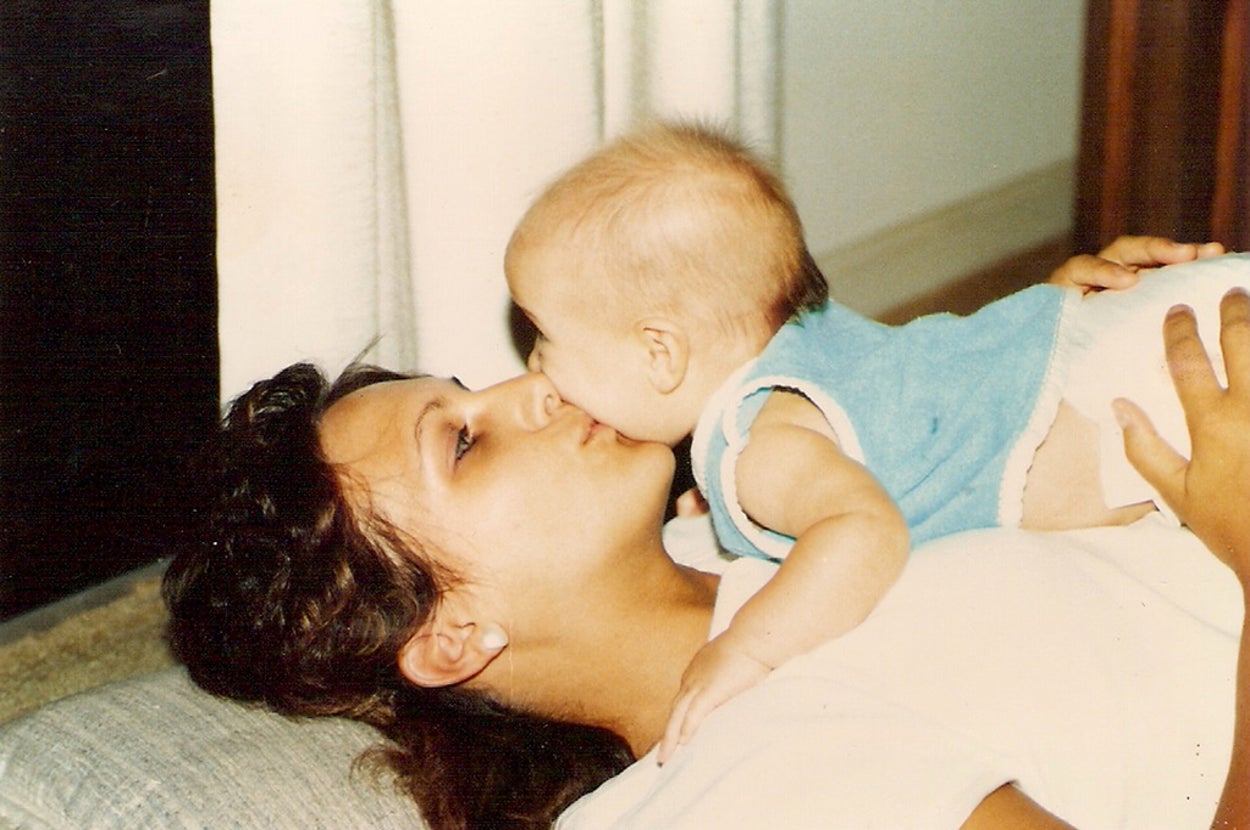Copyright The Philadelphia Inquirer

For the first time in Pennsylvania history, three state Supreme Court justices are facing a high-stakes retention election over whether they should remain on the bench for another 10-year term. The usually quiet, off-year retention elections are supposed to be nonpartisan, and justices typically cruise to another term without fanfare. However, Republicans who want to reshape the 5-2 liberal majority court in the critical swing state ahead of the 2028 presidential election see Tuesday’s retention election as their best chance to do that by ousting the three justices up for retention: Christine Donohue, Kevin Dougherty, and David Wecht. All three were initially elected as Democrats in 2015, though they will appear without a political party on the ballot. This year’s unusual GOP push to oust the justices with a “Vote No” campaign, led Democrats and Democratic-aligned groups to pour more than $12 million into ad buys, outspending Republicans 4-1 in order to keep Donohue, Dougherty, and Wecht on the court. More than $15 million has been spent or reserved through Election Day on the retention election as of Friday, eclipsing former spending records that hardly topped $500,000 for an individual justice’s retention in previous years. Here’s what we’re watching for as voters head to the polls on Nov. 4. Have Philadelphia Democrats fixed their voter turnout problem? Voter turnout has become an increasingly challenging issue for Philadelphia Democrats, whom the party has traditionally relied on to help win statewide elections. Only about 17% of registered voters cast ballots in Philadelphia’s primary election this year, and voter turnout slightly declined in 2024 compared with the 2020 election, with only 65% of registered voters in the city casting a ballot in what was the highest-turnout election in the state since at least 1988. Pennsylvania Democrats have increasingly leaned on the blue-collar counties surrounding the city to deliver for them. » READ MORE: In deep-blue Philly, working class voters are shifting toward Republicans Off-year municipal and judicial elections traditionally have low turnout. Democrats will need to fix their declining turnout problem in Philadelphia, or get-out-the-vote in blue areas of the suburbs in order to ensure the liberal justices keep their seats. Will GOP strategies using Democratic words work? “No Kings, No Retention.” Vote against retention to “defend our democracy.” The justices “gerrymandered our congressional districts.” Those are some of the oft-used and at-times misleading phrases GOP-affiliated groups used in mailers and commercials to encourage independent and Democratic voters to vote against retaining the three liberal justices. It’s the same language that Democratic groups often use to motivate their base. » READ MORE: A ‘brazen’ Jeffrey Yass-backed mailer suggests the Pa. Supreme Court created the congressional map it actually threw out Retention elections often draw low turnout, and many voters typically have little information about the candidates. It remains to be seen whether this strategy is successful in chipping away at Democratic margins, despite the influx of Democratic money to attempt to inform voters. Will Republicans make any last-minute ad buys? Spending by Republican groups appears to have slowed in the retention election heading into Election Day. Through mid-October, Republican and GOP-aligned groups spent nearly $3 million to try to influence the outcome of the election. As of Tuesday, GOP groups had only reserved $113,000 worth of advertisements for the week of Oct. 28, compared with the nearly $1.8 million in ads in a final preelection push from Democrats and Democratic-aligned groups. In late September, Republican-aligned groups, including those linked to Pennsylvania’s richest man, Jeffrey Yass, spent more than $500,000 on commercials and ad buys before trailing off in the last two weeks — a possible signal Republicans are withdrawing their financial support to sway the race. The full picture of how much either party has spent on the retention election is still unclear, due to Pennsylvania’s lax campaign-finance reporting laws for independent expenditures, money spent on behalf of campaigns by groups that do not coordinate with them to do so. Will Trump’s involvement hold sway? Even President Donald Trump has gotten involved in the Pennsylvania Supreme Court retention election. Trump, in a post on his Truth Social platform on Sunday night, said voters could “bring back the Rule of Law” if they reject the three “radical Democrat Supreme Court justices.” Trump mentioned the three justices by name and blamed a 2018 ruling that Pennsylvania’s congressional maps were unconstitutionally gerrymandered as being responsible for his impeachment in 2019 under a Democratic-controlled U.S. House. He also cited the judges’ involvement in cases about the state’s COVID-19 closures and the 2020 election. “It is time for Justice,” Trump wrote. “Vote ‘NO, NO, NO’ on retention of these woke Judges.” Trump has also gotten involved in other top races on Tuesday’s ballot across the country. He hosted a tele-rally last week to encourage his supporters to vote in Virginia’s gubernatorial election, and remains a supporter of GOP candidate Jack Ciattarelli in New Jersey. Pennsylvania Republicans have struggled when Trump is not at the top of the ballot to drive out voter turnout in years with no presidential election. It’s unclear whether Trump’s eleventh-hour statement could bring more voters out to the polls to vote “no.” Democrats have called on the support of their top heavyweight, former President Barack Obama. In a post on X last week, he encouraged Pennsylvanians to vote “yes” for the three justices’ retention and said the judges would “protect your fundamental rights and freedoms.” Gov. Josh Shapiro has also been on air for weeks, encouraging voters in a TV advertisement to support the three justices for retention and emphasizing that they have shown that they will “protect a woman’s access to abortion and birth control.” No matter the result, is the retention election system broken? Legal experts, good-government advocates, and the state Supreme Court justices themselves have all warned of the lasting impact of politicizing retention elections. Officials throughout the retention election echoed a similar sentiment: This was never what Pennsylvania leaders intended when they created retention elections in 1968. And if one or more of the three justices’ bids for retention fails, experts warn there will be consequences that could put the court in a deadlocked bind before the next presidential election, in which Pennsylvania will likely play a key role. And former state officials and judges cautioned that politicizing the retention process could also create a culture of fear among those serving on Pennsylvania’s highest court that incentivizes partisanship over applying the law fairly as justices pledge to do when taking the oath of office. “The intent of the framers of the Constitution in 1968 was not to impair judges and justices of their decisional independence,” said John Jones, a former judge on the U.S. District Court for the Middle District of Pennsylvania who was appointed by President George W. Bush. “I don’t think it was in their contemplation that these retention elections would become referenda for any one or several decisions by a judge or justice. That seems to be what’s happening here.” Former Gov. Ed Rendell, who endorsed the three justices for retention, said he has supported Republican and Democratic judges and justices for retention throughout his career. He called the politicization of the race “horrible” and “ludicrous,” and said he believes any judge or justice should be retained if they’ve proven themselves as fair and qualified. All three of the justices have been recommended by the Pennsylvania Bar Association for retention. “It’s terrible,” he said. “We should run retention elections based on nothing more than on the caliber of the job.” If all three justices are not retained, their seats are likely to remain vacant until the 2027 election, leaving a 2-2 court to make decisions on critical issues ahead of the 2028 presidential election. Shapiro, a Democrat, could make nominations to fill these vacancies earlier, but is unlikely to successfully do so as he remains largely at odds with a GOP-controlled state Senate. The Pennsylvania Supreme Court could see more volatility in coming years. If retained, Donohue will leave the bench in 2027 when she reaches the mandatory retirement age of 75, creating an open seat on the court to be filled by the governor until the next off-year election. And two more justices, Debra Todd and Sally Updyke Mundy, who were initially elected as a Democrat and Republican respectively, will be up for retention in 2027.



